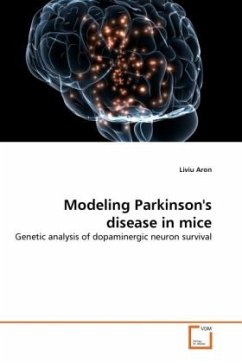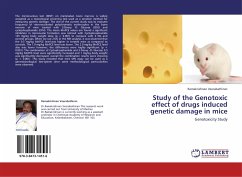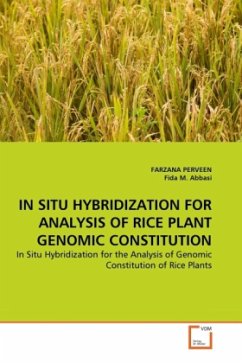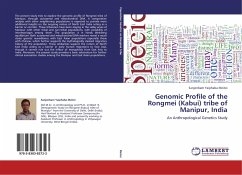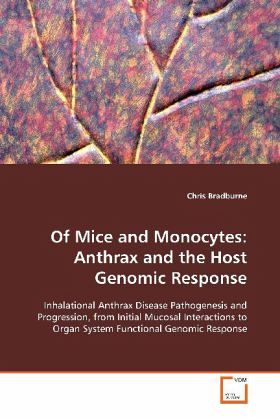
Of Mice and Monocytes: Anthrax and the Host Genomic Response
Inhalational Anthrax Disease Pathogenesis and Progression, from Initial Mucosal Interactions to Organ System Functional Genomic Response
Versandkostenfrei!
Versandfertig in 6-10 Tagen
39,99 €
inkl. MwSt.

PAYBACK Punkte
20 °P sammeln!
Here we investigate anthrax invasion across epithelial monolayers, human monocyte genomic responses, and mouse genomic responses in spleens, lungs, and livers. Differences in response to toxigenic, and non-toxigenic anthrax strains are discussed and described. Interestingly, epithelial monolayers containing human THP-1 cells expressing a macrophage phenotype showed increased permeability and bacterial invasion than with just epithelial cells alone. In fact, apoptotic pathways and mediators in THP-1 cells appear to be repressed upon challenge by toxigenic strains, and more activated in challeng...
Here we investigate anthrax invasion across
epithelial monolayers, human monocyte genomic
responses, and mouse genomic responses in spleens,
lungs, and livers. Differences in response to
toxigenic, and non-toxigenic anthrax strains are
discussed and described. Interestingly, epithelial
monolayers containing human THP-1 cells expressing a
macrophage phenotype showed increased permeability
and bacterial invasion than with just epithelial
cells alone. In fact, apoptotic pathways and
mediators in THP-1 cells appear to be repressed upon
challenge by toxigenic strains, and more activated
in challenges by non-toxigenic strains. We observed
an upregulation of the apoptotic inhibitor cFLAR
during toxigenic infection of human monocytes, and a
phenotypical delay in apoptosis for the toxigenic
strain-challenged cells. In the mouse model, CASH,
the mouse homologue of the human cFLAR, is induced
and the apoptotic response is suppressed in liver,
an organ with a large proportion of monocyte-derived
Kupffer cells. These results indicate a role for the
delay of cFLAR-mediated apoptosis as a key virulence
factor in the disease.
epithelial monolayers, human monocyte genomic
responses, and mouse genomic responses in spleens,
lungs, and livers. Differences in response to
toxigenic, and non-toxigenic anthrax strains are
discussed and described. Interestingly, epithelial
monolayers containing human THP-1 cells expressing a
macrophage phenotype showed increased permeability
and bacterial invasion than with just epithelial
cells alone. In fact, apoptotic pathways and
mediators in THP-1 cells appear to be repressed upon
challenge by toxigenic strains, and more activated
in challenges by non-toxigenic strains. We observed
an upregulation of the apoptotic inhibitor cFLAR
during toxigenic infection of human monocytes, and a
phenotypical delay in apoptosis for the toxigenic
strain-challenged cells. In the mouse model, CASH,
the mouse homologue of the human cFLAR, is induced
and the apoptotic response is suppressed in liver,
an organ with a large proportion of monocyte-derived
Kupffer cells. These results indicate a role for the
delay of cFLAR-mediated apoptosis as a key virulence
factor in the disease.



